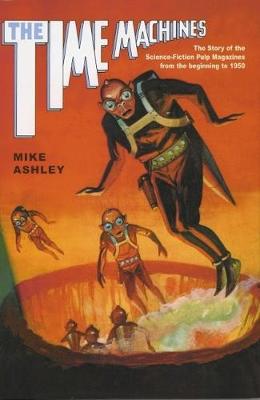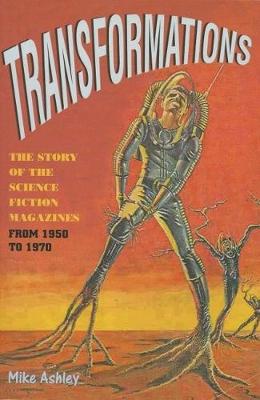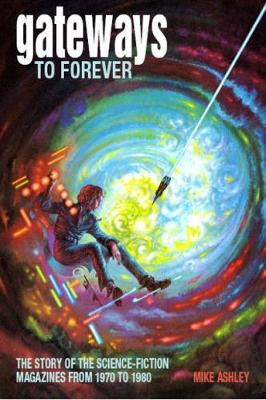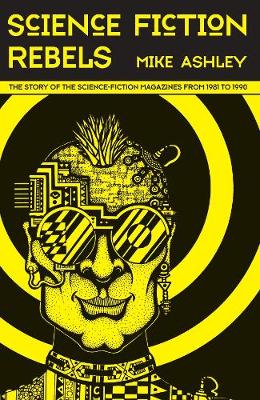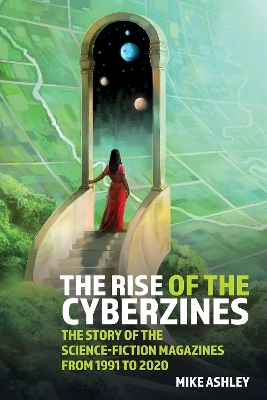Liverpool Science Fiction Texts & Studies
5 primary works
Book 24
trilogy, this is the first of five volumes that chart the history of the
science fiction magazine from the earliest days to the present. This first
volume looks at the exuberant years of the pulp magazines. It traces the growth and development of the science fiction magazines from when Hugo Gernsback launched the very first, Amazing Stories, in 1926 through to the birth of the atomic age and the death of the pulps in the early 1950s. These were the days of the youth of science fiction, when it was brash, raw and exciting: the days of the first great space operas by Edward Elmer Smith and Edmond Hamilton, through the cosmic thought variants by Murray Leinster, Jack Williamson and others to the early 1940s when John W. Campbell at Astounding did his best to nurture the infant genre into adulthood. Under him such major names as Robert A. Heinlein, Isaac Asimov, A. E. van Vogt and Theodore Sturgeon emerged who, along with other such new talents as Ray Bradbury and Arthur C. Clarke, helped create modern science fiction. For over forty years magazines were at the heart of science fiction and this book considers how the magazines, and their publishers, editors and authors influenced the growth and perception of this fascinating genre.
Book 30
Book 34
Book 54
Science-Fiction Rebels: The Story of the Science-Fiction Magazines from 1981 to 1990
by Mike Ashley
Book 73
The Rise of the Cyberzines: The Story of the Science-Fiction Magazines from 1991 to 2020
by Mike Ashley
The Rise of the Cyberzines concludes Mike Ashley's five-volume series, which has tracked the evolution of the science-fiction magazine from its earliest days in the 1920s to its current explosion via the internet. This series has traced the ways in which the science-fiction magazine has reacted to the times and often led the way in breaking down barriers, for example in encouraging a greater contribution by women writers and stimulating science fiction globally. Magazines have continued to build upon past revolutions such as the 'new wave' and 'cyberpunk', producing a blend of high-tech science fiction and expansive speculative fiction that has broadened the understanding of science and its impact on society. This final volume, which covers the years 1991-2020, shows how the online magazine has superseded the print magazine and has continued to break down barriers, especially for the LGBTQ community and for writers of colour.
